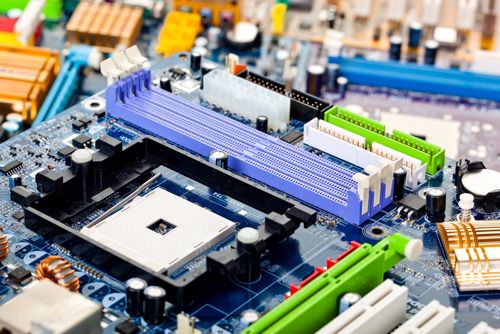
The rise of eSIM technology and impact on IoT
By Max BurkhalterNovember 1, 2022
With the recent release of the iPhone 14, Apple introduced U.S. customers to an embedded SIM (eSIM) technology that removed the need to physically manipulate a card to transfer personal user data.
eSIM-equipped mobile devices no longer require manually inserted cards into a side port of their phone, a tradition that began back in the early days of mobile technology as users upgraded or exchanged their physical devices. With the market launch of the iPhone 14 series, the slot once affixed to the side of some Apple phones is gone, replaced by a programmable, physically connected SIM card soldered directly to a smartphone's motherboard.
This article will examine how this decidedly not-new technology is being received by the market, and the implications widespread adoption could mean for internet of things (IoT) connected devices.
Initial fears about integration were quickly dispelled
As Digital Trends reports, eSIM performs the tasks that removable SIM cards once did, although the proposed new tech was met with trepidation upon Apple's initial reveal. Users feared that travel will be impacted, as many visitors to new locations swap another carrier's SIM card to obtain local coverage and avoid roaming fees when abroad. Adopters of new hardware every year worry that their annual ritual of swapping a card into the latest phone would be forever altered.
These fears have been largely removed upon the release of iPhone 14, however, as Apple revealed that up to eight eSIMS and two phone numbers could be simultaneously supported on a single device. By entering information directly from a carrier, or scanning a QR code with the device's camera, users can effortlessly switch between lines and provider services.
As reported by Know Your Mobile, many 2022 released devices have integrated eSIM functionality. Google Pixel phones operating on Android 10 or higher can also use eSIM. The technology itself isn't new; the Pixel 2 in 2017 was among the first devices capable of using the motherboard-connected storage option. Samsung followed suit with eSIM for premium offerings like the Galaxy S and Note lineups.
Apple's release of eSIM-only phones marked widespread awareness of the technology, alongside renewed debate over what future implications it could have on the mobile communications industry.

Future-proof IoT
The Times of India notes the potential for eSIM applications for a variety of IoT-related uses. The quickly expanding Machine to Machine (M2M) device market, low-cost sensors and general IoT ecosystems could all harness eSIM to further communication capabilities across a variety of industries.
After all, IoT is built upon the connectivity between smart devices. The capability to upload profiles and data directly onto machines and other devices remotely has numerous applications. From container ships at sea, to low earth orbit (LEO) satellites in space, interfacing with devices is made easier with the remote access capabilities eSIM affords.
The security of tamper proof and encryption logics built into today's eSIM devices, alongside the removal of physical storage cards adds an extra layer of protection for devices and user data. The benefit of multiple profile storage and an upgradable interface allows eSIM to future-proof IoT technologies like sensors, even in remote or hard to access environments.
Perle protects
When it comes to reliable, safe technologies, Perle has your industry covered. Visit our telecommunications page to learn more about the ways Perle is ensuring wireless information networks (WIN) remain connected and secure in communication-driven times.



